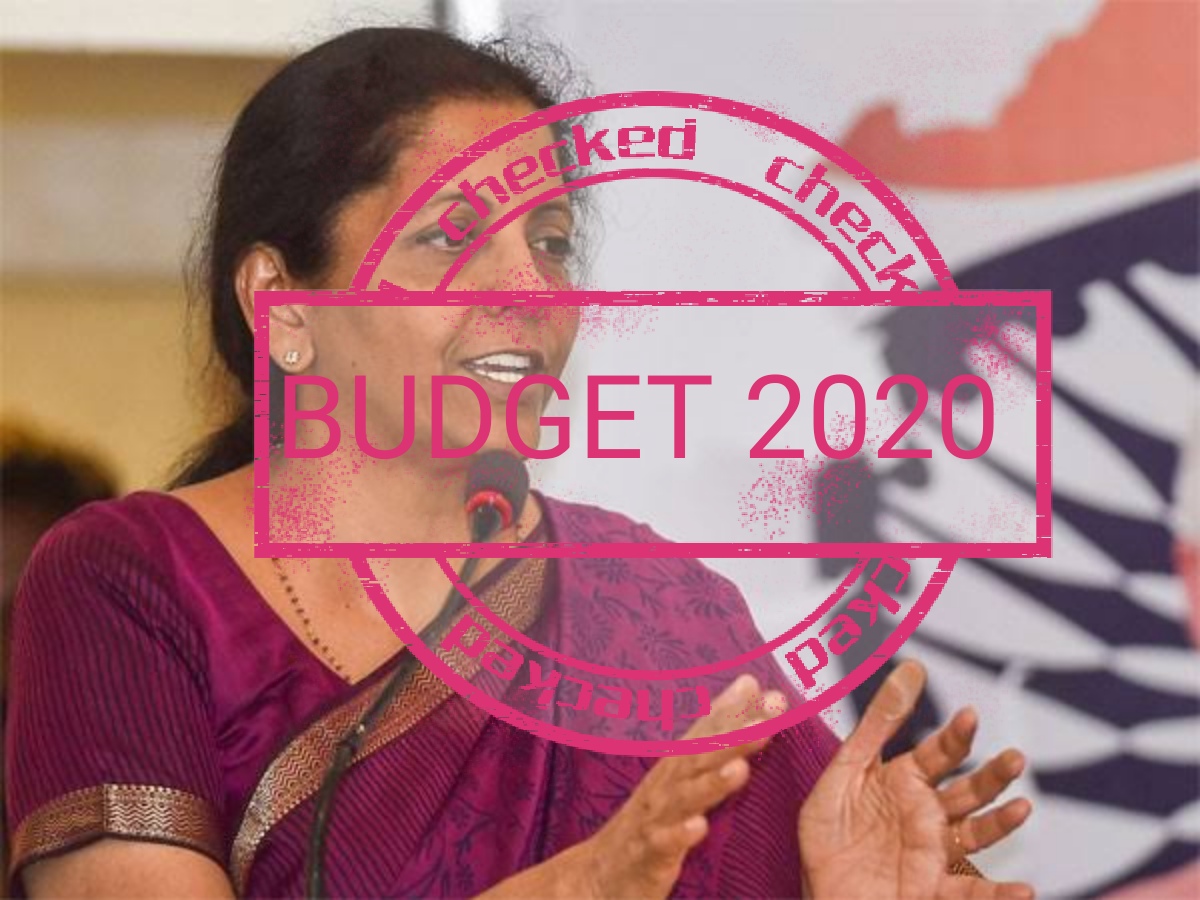With the advent of new year, Ministry of Finance has initiated preparing for ‘halwa ceremony’. The honourable President of India causes to lay before both the houses of Parliament, the annual financial statement of government of India, popularly known as Union General Budget.
Here, union general budget reflects the statement of:-
(a) proposed expenditure and proposed receipt of government of India for the following financial year. It contains the proposal for meeting the expenditure in the form of tax, making income and raising loan for the following financial year;
(b) actual receipt and actual expenditure of previous year; and
(c) also contains the review of the financial position of government of India for the ongoing financial year in the form of estimated receipt and expenditure.
Budget is a money bill introduced in lok sabha by finance minister as convention on the last working day of February every year. However, for the last five years, budget has been presented on the first day of February for wide discussion, debate and deliberations on the proposed financial issues. It mainly includes two parts i.e. the revenue part is formally known as finance bill and the expenditure part is known as appropriation bill. Under Finance bill, government mainly proposes about changes in the tax structure for the following financial year. On the other side of the same coin, Appropriation bill mainly speaks about the demand for grants of various ministries as well as charged expenditures.
THE BUDGETARY PROCEDURE

• Union general budget is conventionally introduced in lower house of the Parliament, Lok Sabha, by Union Finance Minister.
• A general discussion takes place on the floors of Lok Sabha and Rajya Sabha. Initially, appropriation bill is put forward for consideration.
• Subsequently, Vote on Account is introduced before lok sabha and is passed by house without any discussion. Vote on Accounts is a systematic process of requesting access to considerable financial resources from legislature to meet the requirements of transitional period i.e. April and May. Constitution empowers lok sabha to allow government to have an advance permission to spend the money in the form of vote of account till the time budget is completely passed by the Parliament.
• Charged expenditure is then introduced and passed in lok sabha with some discussion. These expenditures can be defined as an expenditure that are made out of consolidated fund of India as a permanent expenditure as well as which are required to maintain independence and autonomy of central institutions- a. salary and allowances of President, chairman and deputy chairman (rajya sabha), speaker and deputy speaker (lok sabha), CAG and judges of supreme court. b. Debt charges:- These are the mandatory charges/obligations of the government towards any external liabilities.
• Demand For Grants (DFGs) of various ministries are referred in lok sabha for analysis by relevant Departmental Related Standing Committee (DRSC). These committees consider the DFGs made by different ministries separately, if forwarded by the presiding officer of the house.
• Second round of comprehensive discussions takes place in lok sabha on the basis of report presented by Department Related Standing Committee.
• Cut motions are introduced and voted in lok sabha. While discussing the DFGs, lok sabha members can introduce various available cut motions to exercise financial control over the executives available with legislatures. Major cut motions are :-
a. Policy-cut motion: The motion is in the form that the amount of demand be reduced to ₹1. it means that the members who supported the policy-cut disapproves the very policy underlying the demand of a ministry. If the policy cut motion is passed by Lok Sabha, it means defeat of the government and government stands censured and now government has to prove its majority in the house again. This motion can only be moved by opposition party members.
b. Economy-cut motion: The economic cut motion is brought in the house to bring economy in the expenditure related to particular demand for grants by any specified amount. The motion can be moved by any member of Lok Sabha and even if it is passed, it does not amount to defeat of the government.
c. Token-cut motion: The purpose of token cut motion is to express a specific grievance with respect to the areas of responsibilities of the government. Here, the mover of the motion doesn’t oppose the demand for grants and if the motion is passed the amount of demand is reduced by ₹100.
• Demand for grants (DFGs) of about 20% ministries are comprehensively discussed, debated and deliberations are made and finally these grants are voted individually.
• Application of Guillotine- Due to lack of time, Lok Sabha takes up the demand for grants of about 20% ministries individually explaining scrutinise them” upon them individually but DFGs of other ministries, nearly 80%, are clubbed together and passed without any formal discussion. This process is known as application of guillotine. Though it is a necessity for practical reasons, it indicates poor financial control over the executive exercise by Lok Sabha.
• Appropriation Bill is passed in Lok Sabha and then is referred to Rajya sabha for consideration. Rajya sabha has 14 days’ time to make any suggestion in the bill and on the expiry of this period, the bill is deemed to be passed.
• Now the revenue part i.e. Finance Bill is discussed and voted in lok sabha and then is referred to Rajya sabha for consideration. Rajya sabha has 14 days’ time to make any suggestion in the bill and on the expiry of this period, the bill is deemed to be passed.
• Finally, the union general budget is passed by the house and will be sent for Presidential assent and once approved the bill will be treated as new Finance Act for the following year.
(Writer is the Chief Advisor of Finance and Economics Think Council)
